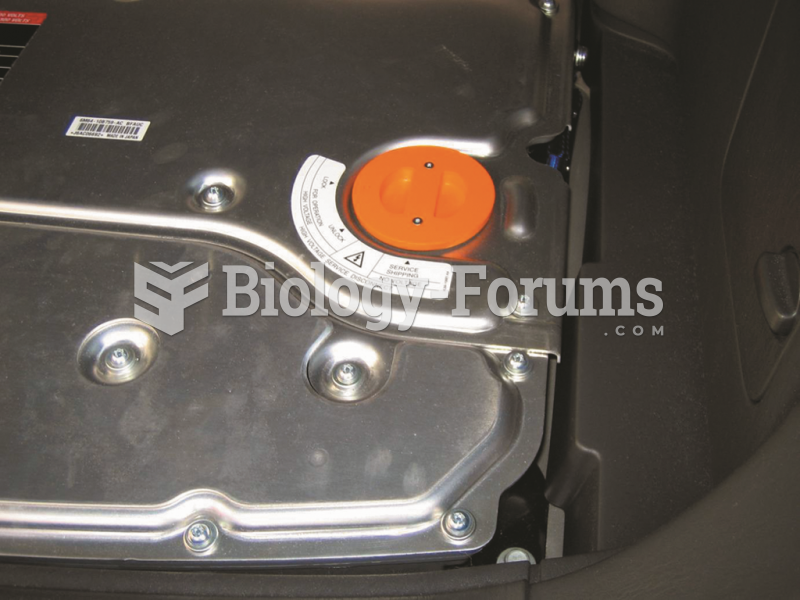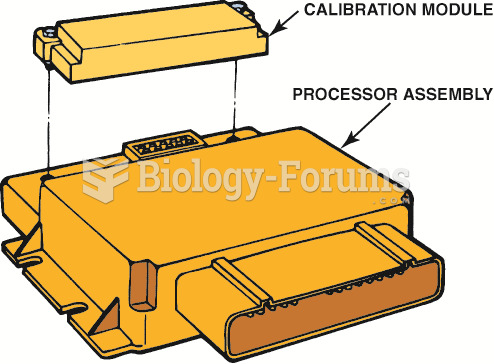|
|
|
Did you know?
Russia has the highest death rate from cardiovascular disease followed by the Ukraine, Romania, Hungary, and Poland.
Did you know?
There are immediate benefits of chiropractic adjustments that are visible via magnetic resonance imaging (MRI). It shows that spinal manipulation therapy is effective in decreasing pain and increasing the gaps between the vertebrae, reducing pressure that leads to pain.
Did you know?
Blood in the urine can be a sign of a kidney stone, glomerulonephritis, or other kidney problems.
Did you know?
Most childhood vaccines are 90–99% effective in preventing disease. Side effects are rarely serious.
Did you know?
Throughout history, plants containing cardiac steroids have been used as heart drugs and as poisons (e.g., in arrows used in combat), emetics, and diuretics.
 According to this Democratic cartoon, the only qualification of General Zachary Taylor, the Whig can
According to this Democratic cartoon, the only qualification of General Zachary Taylor, the Whig can
 “Mission Accomplished” proclaimed the banner on the USS Abraham Lincoln, where on May 1, 2003, Presi
“Mission Accomplished” proclaimed the banner on the USS Abraham Lincoln, where on May 1, 2003, Presi





